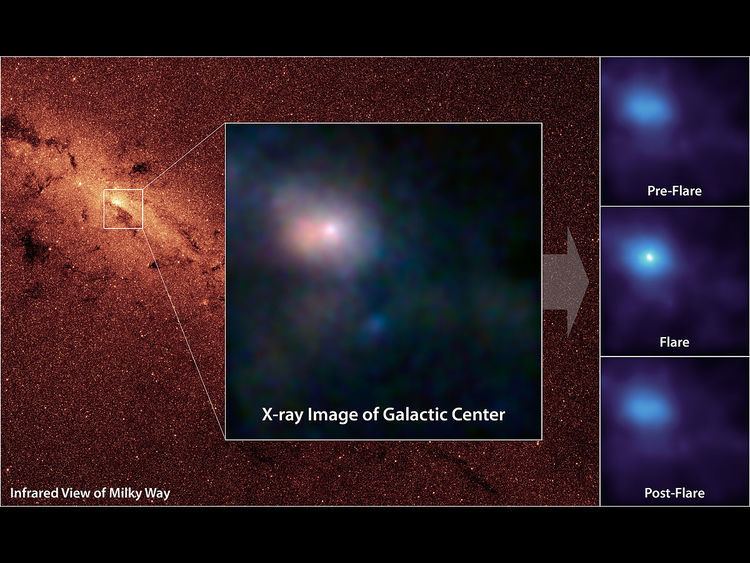First flight 31 January 1958 Missions WISE, Explorer 1 | Last flight 14 December 2009 | |
 | ||
The Explorers program is a United States space exploration program that provides flight opportunities for physics, geophysics, heliophysics, and astrophysics investigations from space. Over 90 space missions have been launched since 1958, and it is still active. Starting with Explorer 6, it has been operated by NASA, with regular collaboration with a variety of other institutions, including many international partners.
Contents
History
The Explorers program was the United States's first successful attempt to launch an artificial satellite. It began as a U.S. Army proposal (Project Orbiter) to place a scientific satellite into orbit during the International Geophysical Year; however, that proposal was rejected in favor of the U.S. Navy's Project Vanguard. The Explorers program was later reestablished to catch up with the Soviet Union after that nation's launch of Sputnik 1 on October 4, 1957. (See: Sputnik crisis) Explorer 1 was launched on January 31, 1958. Besides being the first U.S. satellite, it is known for discovering the Van Allen radiation belt.
The Explorers program was transferred to NASA, which continued to use the name for an ongoing series of relatively small space missions, typically an artificial satellite with a specific science focus. Over the years, NASA has launched a series of Explorers spacecraft carrying a wide variety of scientific investigations.
Explorers satellites have made many important discoveries on: Earth's magnetosphere and the shape of its gravity field; the solar wind; properties of micrometeoroids raining down on the Earth; ultraviolet, cosmic, and X-rays from the Solar System and universe beyond; ionospheric physics; Solar plasma; solar energetic particles; and atmospheric physics. These missions have also investigated air density, radio astronomy, geodesy, and gamma ray astronomy. Various space telescopes have made a variety of discoveries, including the first known Earth Trojan asteroid.
The Explorers Program Office at Goddard Space Flight Center in Greenbelt, Maryland, provides management of the many operational scientific exploration missions in the program. The missions are characterized by relatively moderate costs and small to medium-sized missions that are capable of being built, tested, and launched in a short time interval compared to larger observatories.
Explorers categories have included MIDEX (Medium Explorer), SMEX (Small Explorer), UNEX (University-Class Explorer), and others. A subprogram called Missions of Opportunity (MO) has funded instruments on non-NASA missions.
Launchers used for these missions include Jupiter C (Juno I), Juno II, various Thor rockets such as the Thor-Able, Scout, various Delta and Delta II rockets of the Delta rocket family, and Pegasus.
Medium-Class Explorers (MIDEX)
The Medium-Class Explorer (MIDEX) program is an effort within NASA to fund space exploration missions that cost no more than US$180 million.
Small Explorers (SMEX)
The Small Explorer (SMEX) program is an effort within NASA to fund space exploration missions that cost no more than US$120 million. started in 1989. The first set of three SMEX missions were launched between 1992 and 1998. The second set of two missions were launched in 1998 and 1999. These missions were managed by the Small Explorer Project Office at NASA's Goddard Space Flight Center (GSFC). In early 1999, that office was closed and with the announcement of opportunity for the third set of SMEX missions NASA converted the program so that each mission was managed by its Principal Investigator, with oversight by the GSFC Explorers Project.
University-Class Explorers (UNEX)
Investigations characterized by definition, development, mission operations, and data analysis costs not to exceed $15.0M (real year dollars) total cost to NASA. UNEX missions will be launched by a variety of low cost methods.
Missions of Opportunity (MO)
The Missions of Opportunity (MO) program provides funding for science instruments or hardware components of onboard non-NASA space missions. MO missions have a total NASA cost of under $55 million.
Spacecraft by year
Explorers name numbers can be found in the NSSDC master catalog, typically assigned to each spacecraft in a mission. These numbers were not officially assigned until after 1975.
Miscellaneous
Many missions are proposed, but not selected. For example, in 2011, the Explorers program received 22 full missions solicitations, 20 Missions of Opportunity, and 8 USPI. Missions of Opportunity (MO) are small collaborative missions with spacecraft not operated by NASA, such as an additional instrument. Examples of this include Astro-H, CINDI, TWINS, and HETE-2. Sometimes mission are only partially developed but must be stopped for financial, technological, or bureaucratic reasons. Some missions failed upon reaching orbit including WIRE and TERRIERS.
Examples of missions that were not developed or cancelled were:
Examples of recent missions conclusions, sometimes cancelled due to budget constraints:
Launch graph
Roughly the number of launches per decade:
